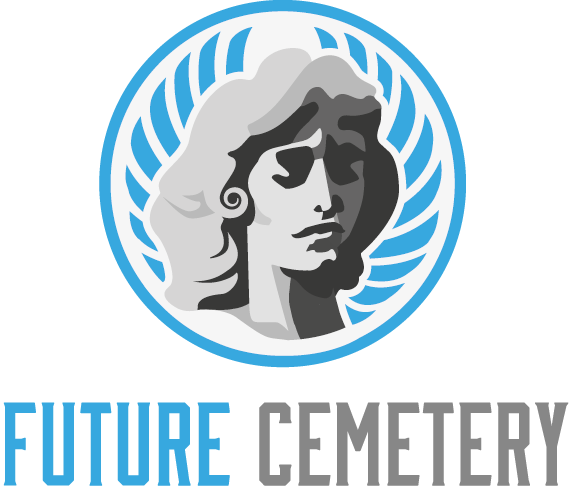A cemetery is a place set apart for burial or interment of the dead. Its design reflects geography, religious beliefs, and social attitudes about mourning and memory.
Cemeteries are often park-like settings reserved for the burial of a body or cremains. They are usually visited by family and friends.
Digging
A gravedigger is a person who digs a hole in the ground to be used for burial. This is generally done prior to a funeral service, and the caretakers of the cemetery fill the grave with soil after the mourners have left. This is usually done by hand, although mechanical equipment such as backhoes may be employed to reduce labour costs.
Graves are typically four feet deep, but they may be deeper if there is to be a double or triple burial. Many cemeteries offer a lowering device, which allows the body to be slowly and gently lowered into the grave. This ensures that the head does not reach the bottom of the grave before the feet, and avoids straining the neck or back muscles.
Many people who prefer to be buried in natural cemeteries will not have their bodies marked with traditional headstones. This is because the intention is that the grave site will return to nature more quickly, and it may be difficult for family members to locate these locations without a GPS recording or a marker in place.
Preparing the Burial Ground
A cemetery is different from a graveyard in that it was specifically chosen as a place for burial. This means that the area is tended and cared for, unlike a graveyard where the buried bodies are left to nature.
This tended to be done out of sanitary concerns, as Romans and Jews viewed unattended graves as hazardous. This is why they established their cemeteries outside the walls of towns and cities.
The grading of a cemetery site is very important. It should generally conform to the surrounding terrain. Grades should range from two percent, the minimum to achieve positive drainage, up to 15 percent in order to provide a gradual slope.
With the rise of natural and conservation burial grounds, people are increasingly concerned about their environment and what they leave behind. They are interested in a greener alternative to traditional graveyards. These are places that have a more natural, sloping landscape and they often allow for the placement of a tree or bush in front of the grave.
Placing a Grave
Generally, graves are lined with concrete to prevent crushing of the casket and provide a solid surface for a memorial. They are also used to ensure that a grave is not a sinkhole and to protect the grave from floating in the case of a flood. Graves may be topped with a footstone or tombstone and filled with soil for backfilling (although some graves are simply mounded).
Burial registers are maintained by most cemeteries to record information about the burials (or interments) within the cemetery. These records usually contain (at least) the name, date of death, and location of each grave.
When naming a grave on a headstone, the traditional etiquette is to use the order of First Middle Last nee Maiden (if applicable). However, many people choose to honor their loved ones with unique or unconventional arrangements. It is important to check with the cemetery for any restrictions that they have on grave names.
Creating a Memorial
A memorial in a cemetery is not only a beautiful reminder of the life that was lived, but it also serves as a place for those who have died to connect to one another. This is a sacred and comforting part of the grieving process.
Most cemeteries have rules and regulations regarding the size, construction, and placement of headstones and monuments. They are often designed with materials that carry their own unique beauty and character. Some examples include the warmth of bronze, the dignified look of granite, and the natural elegance of marble.
When designing a memorial, consider the unique characteristics that made your loved one so special. Perhaps they were known for their unwavering optimism, profound wisdom, or boundless creativity. Consider incorporating these attributes in the design of your memorial by including a custom sculpture or bespoke emblem. You can also incorporate symbolic elements such as crosses, flowers, hands, or even a beloved pair of boots into your stone by having them bronzed.
